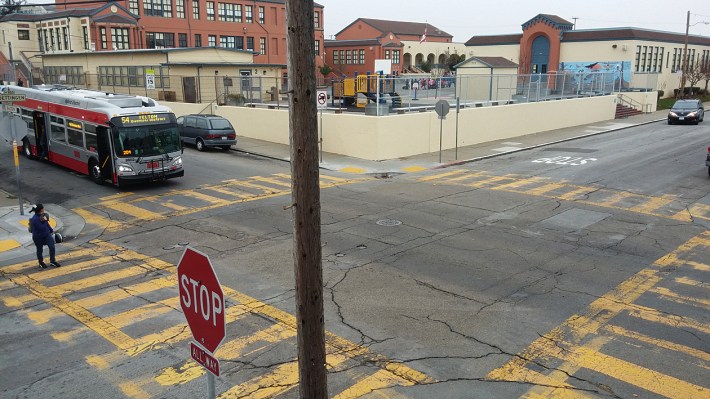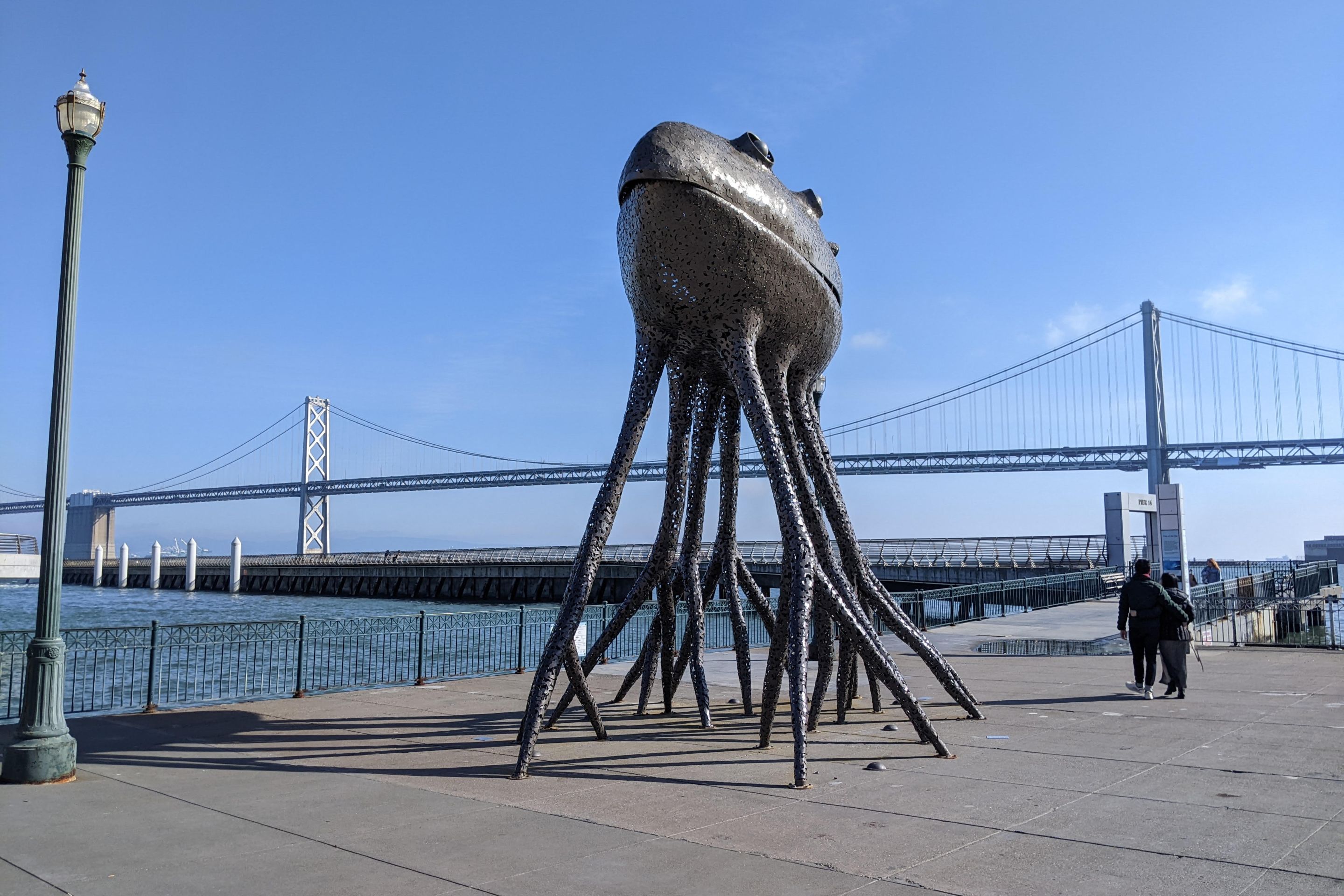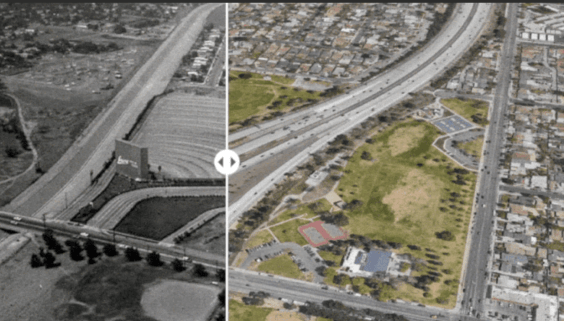The SF Fire Department continues to make increasingly bizarre claims in opposition to sidewalk bulb-outs and narrower roadways. Last week, the SFMTA Board of Directors dismissed SFFD's protests against six-foot bulb-outs at E.R. Taylor Elementary School in the Portola neighborhood. According to SFMTA Director Ed Reiskin, one of SFFD's claims was that fire truck drivers would be ticketed by the SFPD for entering an oncoming traffic lane to make a wide turn.

The SF Examiner reported on the dispute yesterday, though the paper didn't question SFFD's claims about the supposed hazards of six-foot bulbs (SFFD pushed for five feet). According to the Examiner, SFFD spokesperson Mindy Talmadge said "the department has been 'vilified' for voicing concerns on pedestrian safety."
This is a misleading way to frame what's been going on. SFFD has not been "voicing concerns" about pedestrian safety -- the department has been interfering with street redesigns that improve pedestrian safety.
And the inexcusable part is that SFFD's pushback against measures to calm traffic and make it safer for people to cross the street appears to be based on unfounded fears. The department hasn't offered any hard evidence to support its claims that roadways narrower than 20 feet are unfit for fire trucks, even though plenty of cities use lower minimums, and lots of SF streets are already much narrower (SFFD has not, however, called for the removal of car parking or more enforcement against double parking). And the notion that SFPD will ticket siren-blaring fire trucks for the common practice of using oncoming traffic lanes defies belief (indeed, such an incident would probably spark public outrage).
"It's troubling to see the Fire Department -- a public safety agency -- becoming the chief impediment to improving pedestrian and bicycle safety on our streets, especially in light of the recent surge in pedestrian deaths," said Livable City Executive Director Tom Radulovich. "SFFD needs to drop their specious arguments and begin to educate themselves about pedestrian safety, and how other cities are making streets safer for walking, cycling, and driving while maintaining emergency response times."
Although SFFD claims it supports pedestrian safety measures, it has long fought to water down projects to narrow streets, which reduces the very injuries that the department responds to. As noted in a 2009 report [PDF] from the Congress for the New Urbanism on how better street design can improve safety and emergency response times, a 1997 study of 20,000 crashes in Colorado found that "the most significant relationship to injury accidents" was street width. "As street widths widen, accidents per mile per year increases exponentially, and the safest residential street width are the narrowest (curb face)."
The study out of Longmont, Colorado found that an increase in street width from 24 to 36 feet led to a 485 percent increase in injury crashes, on average. "Speed is the defining factor of a safe street," CNU's report says. "Reduce the speed and you reduce the frequency and severity of collisions."
Following an SF Examiner op-ed penned by Walk SF calling on SFFD to support sidewalk extensions, the department issued a statement responding to what it called "allegations being made by special interest groups." Although SFFD's Talmadge told the Examiner yesterday that "we don’t want to be the cause of a pedestrian fatality," the December statement indicated that SFFD officials don't comprehend how sidewalk extensions improve pedestrian safety.
"We haven’t seen pedestrians being hit by vehicles on sidewalks because the sidewalks are too narrow," said the SFFD statement from last month. "Proposals such as these cannot possibly make our streets, pedestrians and bicyclists safer."
SFFD Fire Chief Johanne Hayes-White also made the erroneous yet unchallenged claim in a recent Examiner article that 74 percent of pedestrians were at fault for their own injuries, though she later said she was "misinformed." SFFD also tried, unsuccessfully, to quietly nix a provision in a piece of legislation last year that allowed the city to approve street widths of less than the state guideline of 20 feet. At hearings on pedestrian safety issues, Hayes-White and other officials have neglected to comment on these matters, though a representative is scheduled to make a presentation to the Pedestrian Safety Advisory Committee tomorrow evening.
SFFD's tactics have led many street safety redesigns to be watered down, but its specious claims don't seem to carry weight with SFMTA Director Reiskin. At the hearing on the SFFD's latest protests against the bulb-outs intended to make streets around E.R. Taylor Elementary safer for students, Reiskin said, "I believe we have bulb-outs that have the same geometry in the city, and I don't believe they've been known to cause a problem."
"We have looked at this very thoughtfully and carefully, and don't believe, from our standpoint, that there would be any diminution of fire response or fire service, even with a six-foot bulb," he said.
"We know that bulb-outs improve pedestrian safety -- a shorter crossing distance, slower turns by vehicles, as well as improved visibility between pedestrians and vehicles," Supervisor Scott Wiener told the SFMTA Board last week. "We have a crisis in our city" of pedestrian crashes, he said. "And I don’t use that term lightly."





